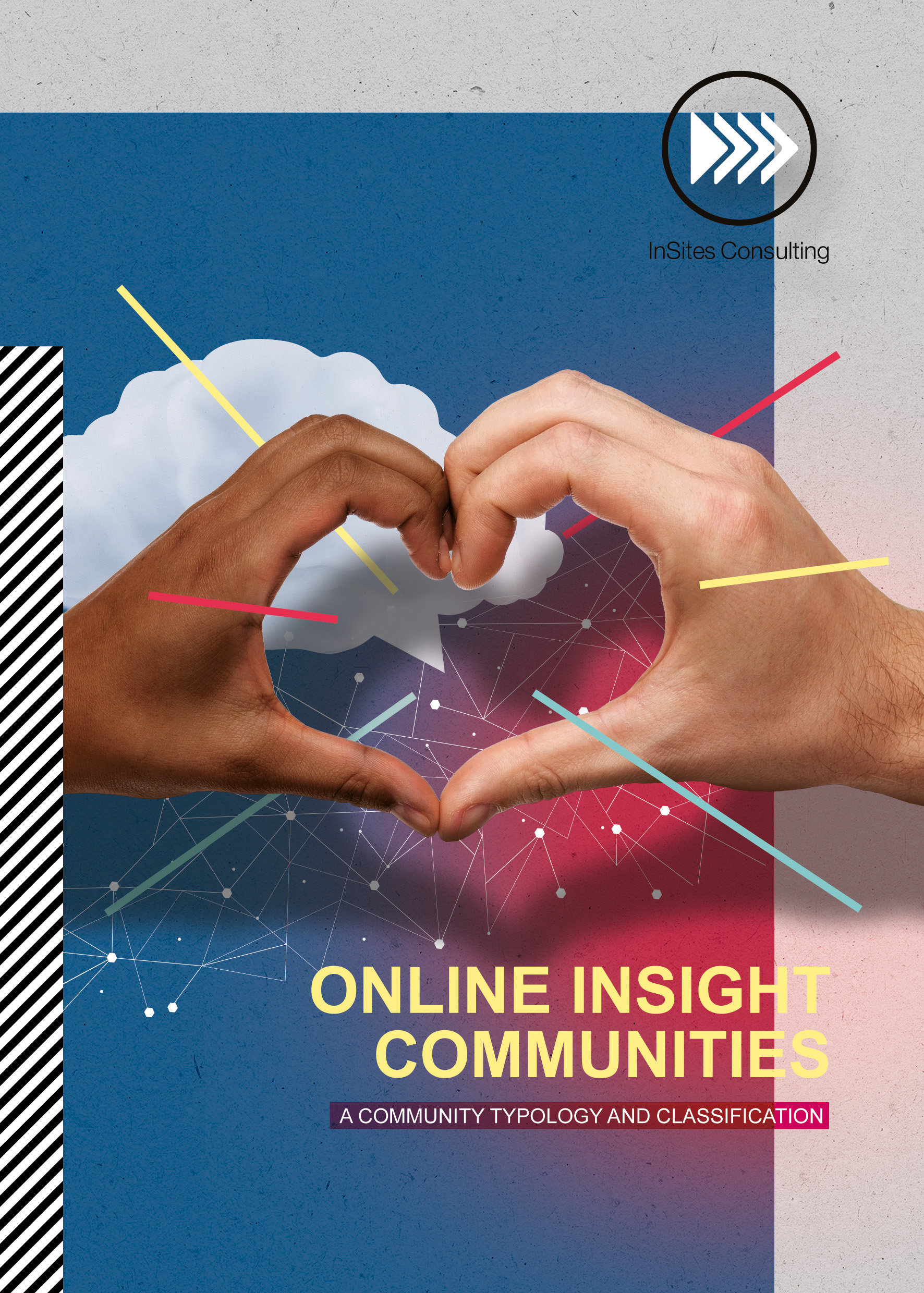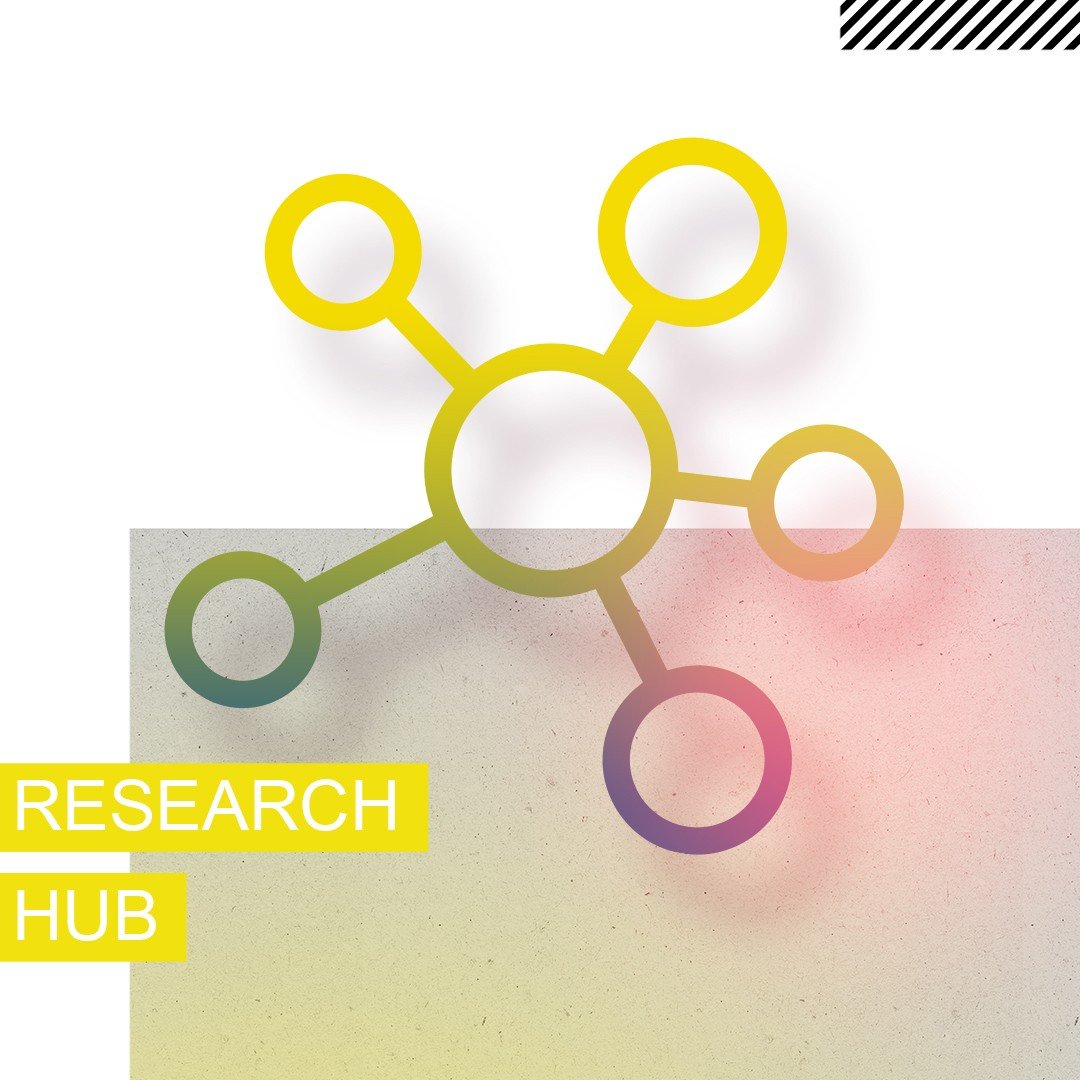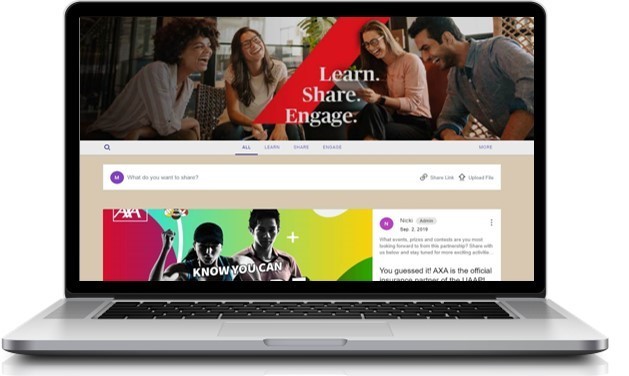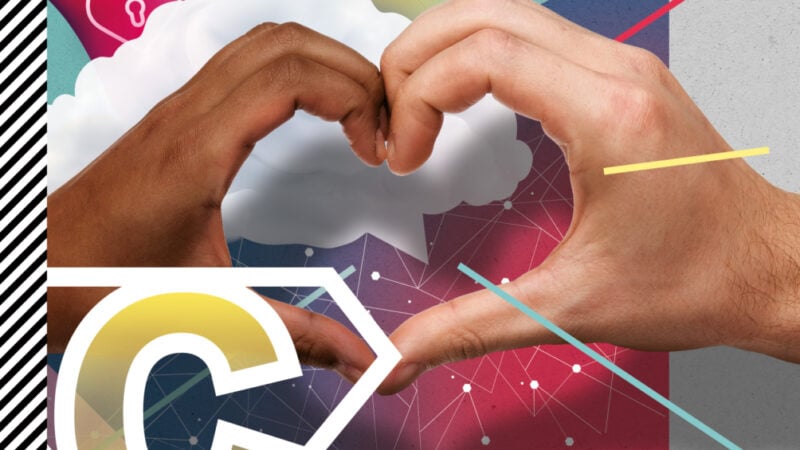
Online Insight Communities
Research communities, online discussions boards, bulletin boards, insight ecosystems… what’s in a name. In this bookzine, we bring clarity by defining four different community types, each linked to a concrete research need, illustrated with best practices.
Request your download





